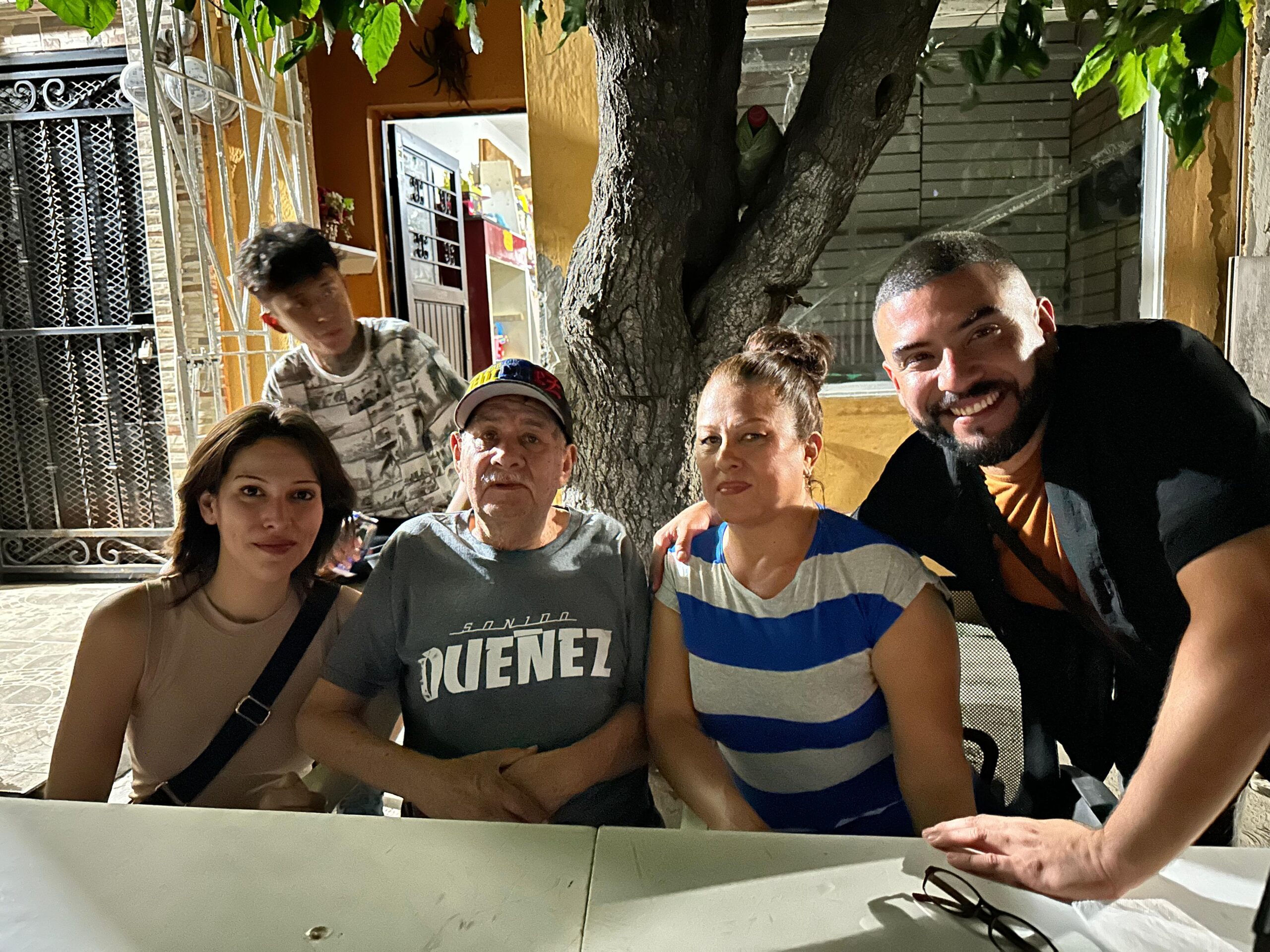Originating in the Los Montes de María region,
west of the Magdalena River
and near Colombia’s Caribbean coast, Cumbia began its rise in the mid-1960s. As DJs and radio stations across Latin America embraced the sound,
It quickly spread, evolving into th most popular dance in the continent.
rebajada

shoo-coo-shoo-coo-shoo
Cumbia is a fusion of indigenous, African, and Spanish influences. The indigenous melodic elements are delivered by instruments like the gaita hembra and gaita macho, two-yard-long flutes, the flauta de millo, a small sideways-played flute, and maracas, small gourds used as shakers. The African influence comes through in the rhythm, driven by drums such as the tambora, a large drum on a stand, and the smaller upright drums, tambor alegre and llamador. The Spanish contribution lies in the lyrics. In Mexico, top cumbia artists adapted the sound by incorporating drum kits, electric instruments, and brass. In Peru, musicians introduced psychedelic touches and surf guitars. The essence of cumbia is often captured in the sound of maracas and the guacharaca or güiro, creating the signature "shoo-coo-shoo-coo-shoo" rhythm.
One of the earliest pioneers of cumbia is the group Los Gaiteros de San Jacinto. Among them, Andrés Landero stands as the undisputed king of cumbia and accordion. Initially learning the art of cumbia on the gaitas, Landero later adapted its distinctive sound, harmony, and melodies to the diatonic accordion, solidifying his legendary status.
Powerful drumming circles
A blend of wind and string instruments
A main melody typically played on guitar
Vocals primarily in Spanish, though sometimes performed in indigenous languages
The style of Cumbia varies by region, with some versions drawing heavily on African influences, while others emphasize Caribbean elements and traditional Latin American sounds.
Cumbia’s signature sound features a double beat played on maracas or drums, while flutes known as gaitas carry the melody. The lyrics often revolve around themes of love, homeland, and celebrating life.
In the 19th century, enslaved Africans in Colombia fused native instruments with their percussion-driven dance forms, shaping the foundation of Cumbia.
Key Artists: Celso Piña, La Sonora Dinamita, Aniceto Molina
Related Genres: La Sonora Dinamita
Originally a courtship dance from Colombia’s Caribbean coast, Cumbia saw African slaves adapting local instruments like the gaita and guacharaca, a percussion instrument made from palm trees. The rhythmic patterns were kept simple, as many male dancers performed in shackles. As Cumbia spread across Colombia, it absorbed European influences, introducing string and brass instruments along with Spanish-language vocals.
Cumbia's influence expanded across Latin America, with regional variations in Argentina, Peru, Mexico, and even the U.S., where Tejano star Selena popularized "techno-cumbia."